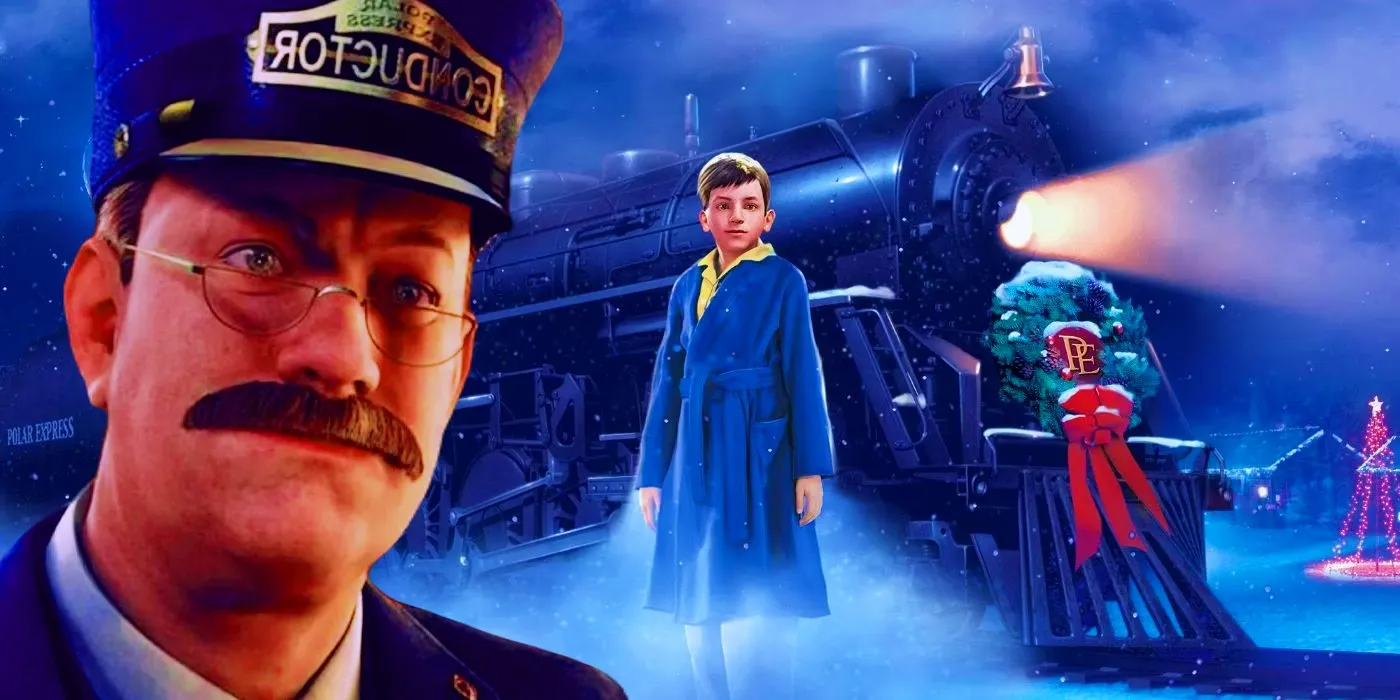(Transatlantic Today) — Back in 2004, I saw Robert Zemeckis’ newest film, at the time, entitled The Polar Express. It revolves around a young boy skeptical of the existence of Santa Claus who, on Christmas Eve, finds an enormous train in front of his house. The conductor beckons the child to come aboard the train and while he is, at first, hesitant, he ends up hopping aboard the train headed to the North Pole to visit Mr. Claus himself.
The film opened to mixed reviews who praised the performances and a good portion of the visual effects, but other critics felt that the characters looked bizarre and fell into the uncanny valley. This was the first well-known feature-length, all-motion-capture film, pioneered by Zemeckis himself.
The film did not do phenomenally at the box office, but it kicked off a new wave of visually dazzling and different films told through the art of motion capture. It laid the ground for movies like Avatar and The Hobbit and also popularized the term “uncanny valley.”.
The film was released during the infancy of performance capture, and it obviously was going to look very strange when it was released to audiences. What people don’t realize is that this film is a stepping stone into greater technologies used in future films. Whether you love it or hate it, this was a milestone in performance capture.
It had Tom Hanks performing the primary roles with each of his characters digitally altered to fit the narrative. Zemeckis took his filmmaking abilities to brand new, digital levels.
Not only did it go beyond the traditional realm of animation, but it advanced technology to the point that it seemed that the camera could go anywhere at any given time, while motion sensors and suits captured the raw performance of the characters.
The only other films that did this previously to this extent was The Lord of the Rings trilogy, where Peter Jackson put Andy Serkis in something of a prototype suit that captured his performance. Zemeckis expanded and expounded on that by making an entire movie fully rendered as a performance capture.
Knowing how ambitious Robert Zemeckis is, this was a gargantuan feat to undertake more so than any of his other movies because it’s not like he was shooting real characters and adding effects later, like in Back to the Future, and he wasn’t shooting real backgrounds and placing cartoon characters on top, like in Who Framed Roger Rabbit.
An entire movie made from performance capture is something that had never been done before, which is why so many people still look at it as a milestone in cinema regardless of how they feel about the film narratively. The film makes mistakes in some VFX departments, but it’s a stepping stone for other filmmakers to learn from and build off of because without this movie, there would be no Avatar or Rise of the Planet of the Apes. People forget about all of that and, with that being said, there is no way that they can forget the impact of The Polar Express.


























